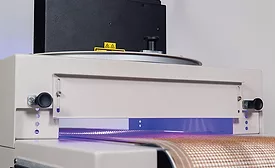Manufacturing Conversion: Transitioning from Conventional UV to LED Curing
While the process steps in a UV LED manufacturing conversion are slightly more involved than a direct-swap mercury replacement, the benefits are often significant and well worth the time and effort.
Read More


